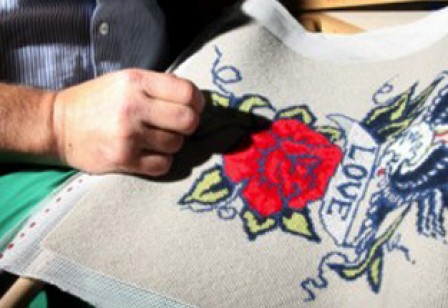Is the party over? What to do when good celebs go bad
Until recently, the cost of a celeb was usually measured in the hours spent matching diary dates or taking them to the ‘front line’ to see our work, to record another track or complete a 10k run. But the cost always seemed negligible compared to the value of raising the profile of our causes or using them to raise hard cash.
From a brand perspective, especially if we weren’t the ones liaising and organising, it seemed a particularly good deal, harnessing their fame and gravitas to our goals and name.
That is, until the chief executive calls and asks if we’ve seen their now ex-best friend on the front of The Sun with a line of coke
and they’re trending on Twitter for all the wrong reasons.
What do we do? How do we limit the damage? How do we protect our brand?
It all depends on scale, transgression and timeframe.
How close is the connection?
On scale, how closely related to our brand are they? A fundraising tool for our 10k trek or gala dinner? Not such a disaster, unless it’s current: then it’s more of a costly inconvenience. A memorial fund? More difficult and expensive. Leading a major campaign? Not good. On our trustee board? A tough conversation, usually about a very clear decision. In our name? The worst.
Do our audiences directly and spontaneously associate the celeb with our charity? Not our cause but directly with us? The law of the inverse perversely plays here. Often, unless they’re on a current bit of DM or in an ad, despite all our best efforts, will they be linked to us? You’d pull what they’re on. You might not use them for a while but it’s unlikely anyone will damn your brand (this raises the question of their value in the first place, but that’s for the rest of this guide to address.)
Are they more heavily associated with us? This could be more serious and costly. Not just in short-term association but in the long term as you lose their fundraising or campaigning bite.
How big is the scandal?
Then there’s the scale of transgression. Where does it sit on the public’s scale of heinous?
Naked? Drunk? Unless that’s directly contradictory to your mission, it’ll be lost in the news cycle. Violence? Abuse?
That’s damaging.
These two are the major factors that act as multipliers to all other factors. Hit the high end of them and you’re looking at limiting serious damage, not just riding out a storm. Hit the middle ground for one or both and it can be serious but not fatal. The low end? Cease immediate use, but look to the medium term.
The test of time
The final factor is timescale. How closely are they involved with you at the moment? Note the ‘at the moment’: chief executives tend to remember last year’s photo opp like it was this morning when these things happen. The press generally doesn’t; it wants what’s current.
A good rule of thumb here is whether you’d mind being seen with them personally a day, a week, a month, six months or a year later? If they repulse you, they’ll repulse others.
Remember when Kate Moss was caught with several lines of coke? She was deserted by commercial brands at the time but is now back in the ads and doing a great job with breast cancer charities and Comic Relief.
Bringing them back to the fold
Is there a point when you can reintroduce your celeb? Remember: if you support them when the scandal hits, not by using them but by keeping in contact as all their media friends desert them, you’ll be remembered. You can also act as a source of positive media exposure further down the track, but this must be on your terms. Grateful celebs often bring friends and work harder.
Can bad news be good news?
Are there occasions where public transgressions help? Donations to disgraced US cyclist Lance Armstrong’s Livestrong actually went up during his unmasking. It’s one of the very few occasions where people have heard about a related charity and found its mission and brand so compelling they actually donated.
So is all bad news really bad news?
Assume so. It usually is, and the exceptions are rare.
With so many of these issues, it’s about how you manage your response. In all but the worse instances, be ‘proactively reactive’. Be prepared with briefings and releases, let key staff know what to say and don’t go to the press. Comment only if they come to you and then only to acknowledge the work the celeb has done and deny any negative impact. Whether or not the celebrity supports your charity will soon be lost or forgotten in the greater details of the scandal.
However, if your organisation is heavily cited you should acknowledge any good work and immediately distance yourself, shutting down the relationship. Share your worries about how this can damage the work you are doing for a good cause.
The key factors in brand terms? Be rational, logical and decisive but focus on the wider role of building a brand that’s bigger than any reputational risk.






